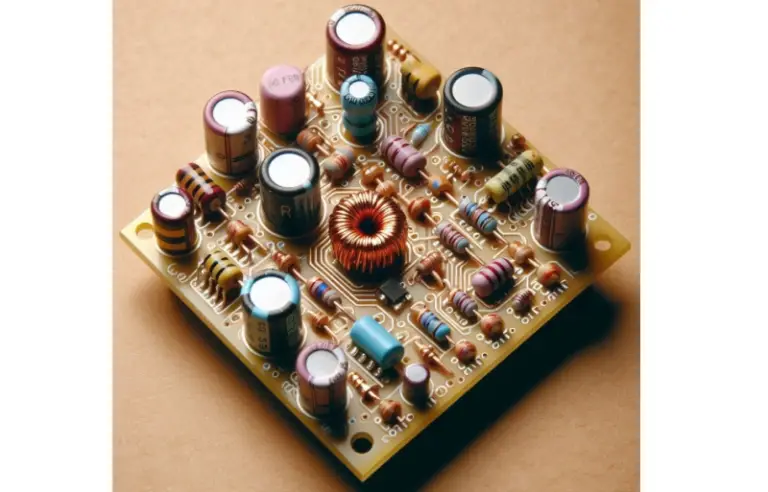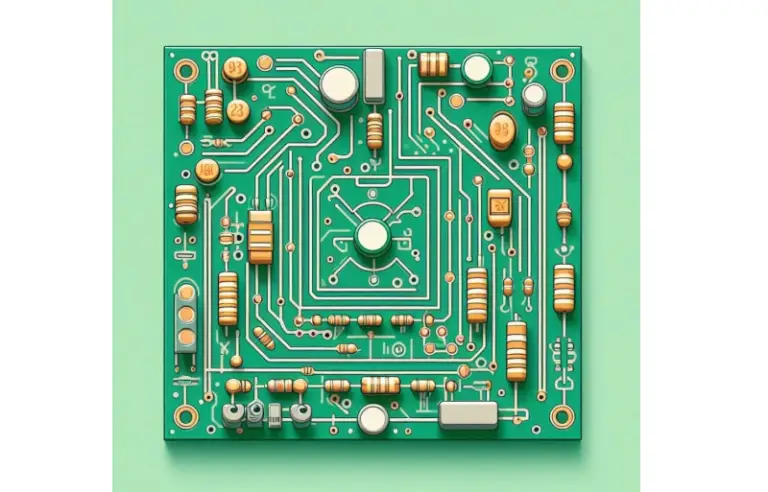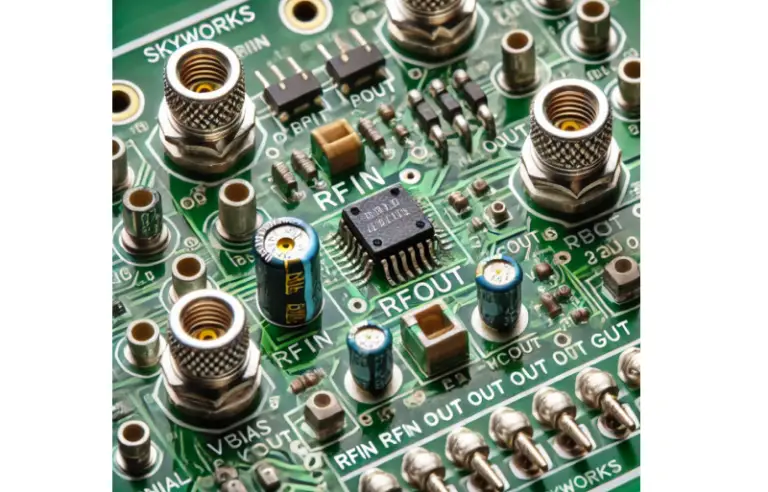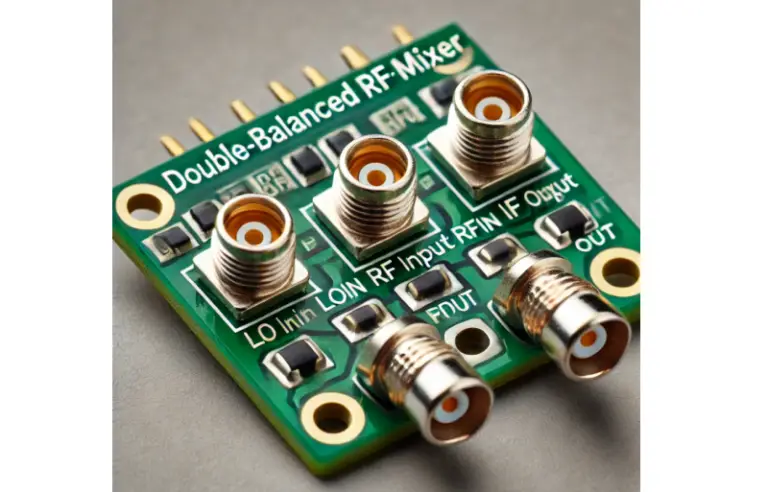Understanding RF Circuits in High-Speed PCB Design

Radio Frequency (RF) circuits are crucial in recent electronics, supporting various applications such as communication systems, radar, and radio frequency identification (RFID). Analyzing and processing RF circuits in high-speed PCB design presents unique challenges. This article will discuss the common types of RF circuits used in high-speed PCB design, along with the methods for processing them and the precautions that should be taken for each type.
RF Front-End Circuit
The RF front-end circuit serves as the entry point for receiving and processing RF signals. It typically consists of antennas, low-noise amplifiers (LNAs), mixers, filters, and other components. When working with RF front-end circuits, it is important to consider the following factors:

Noise analysis and noise reduction measures:
- The noise performance of the RF front-end circuit is crucial, so it is necessary to select low-noise components and adopt noise reduction technology to improve the signal-to-noise ratio.
Impedance Matching :
- Impedance matching is crucial in the front-end circuitry of electronic systems. By ensuring that the impedance’s of different components are aligned, you can significantly reduce signal reflection and minimize loss, leading to improved overall performance.
Antenna Design:
- The design of an antenna plays a critical role in determining the efficiency and radiation characteristics of signal reception. Selecting the appropriate type of antenna is essential for optimizing performance based on the specific application.
RF Transmission Lines:
RF transmission lines are essential for transmitting signals from one point to another in RF systems. Common types include microstrip lines, coaxial cables, and waveguides. When working with RF transmission lines, it’s important to consider the following factors:

- Impedance Matching:
Ensure that the impedance of the transmission line is compatible with the connected components, as well as the signal source and load. Proper impedance matching is crucial for minimizing signal reflections, which can degrade performance.
- Signal Integrity:
Focus on maintaining signal integrity by avoiding dispersion, reflections, and loss. Implement appropriate transmission line designs that cater to the specific frequencies and characteristics of the signals being transmitted.
- Differential Signal Transmission:
Utilize differential transmission line designs to reduce electromagnetic interference (EMI) and enhance immunity to interference. Differential signaling helps improve overall system performance, especially in noisy environments.
RF Power Amplifiers
RF power amplifiers play a crucial role in boosting the power of signals, allowing them to be transmitted over long distances effectively. When working with RF power amplifiers, consider the following key factors:

- Impedance Matching
Ensure that the impedance of the transmission line aligns with the connected components, as well as the signal source and load. Proper impedance matching is essential for minimizing signal reflections and maximizing power transfer.
- Signal Integrity
Focus on preventing signal dispersion, reflection, and loss. Use suitable transmission line designs to maintain signal integrity throughout the transmission process.
- Differential Signal Transmission
method improves Adopt differential transmission line designs to reduce electromagnetic the overall reliability and performance of the transmitted signals. interference (EMI) and enhance resistance to external noise.
- Nonlinear Effects:
RF power amplifiers are prone to nonlinear effects, making it essential to choose appropriate components and implement linearization techniques to maintain signal integrity.
- Thermal Management:
Power amplifiers often generate significant heat, necessitating effective thermal design to prevent overheating and ensure reliable operation.
- Power Stability:
Ensure the stability of the power output to meet the varying power requirements of different applications. Consistent power levels are crucial for optimal performance.
RF Mixers
RF mixers are essential components used to combine signals of different frequencies, resulting in the generation of new frequencies. When working with RF mixers, consider the following important aspects:

Mixing Loss:
Mixers typically experience mixing losses, so it is essential to select low-loss mixer components to maintain signal integrity and improve overall performance.
- Nonlinear Effects:
Mixers can introduce nonlinear effects, necessitating the use of linearization techniques to minimize distortion and ensure signal quality.
- Bandwidth Limitation:
The bandwidth limitation of the mixer can impact its mixing performance. Choose the appropriate type of mixer based on the specific requirements of your application to achieve optimal results.
RF Filters
RF filters are essential for selecting signals within a specific frequency range while suppressing unwanted signals at other frequencies. When working with RF filters, consider the following important aspects:
- Filter Characteristics:
Select the appropriate filter type—such as low-pass, high-pass, band-pass, or band-reject—based on the specific requirements of your application.
- Bandwidth and Group Delay:
Understand the filter’s bandwidth and group delay to ensure both signal integrity and effective time-domain performance.
- Damping and Losses:
Take into account the filter’s damping and losses to minimize signal reflections and overall losses, enhancing the performance of your system.
Conclusion:
RF circuits are integral to high-speed PCB design at Ioscape, requiring careful consideration of various factors to ensure optimal performance. By understanding the types of RF circuits, and necessary precautions, designers at Ioscape can effectively navigate the challenges posed by RF applications. Proper design practices not only enhance circuit functionality but also contribute to the overall success of the electronic systems in which these RF circuits are implemented.